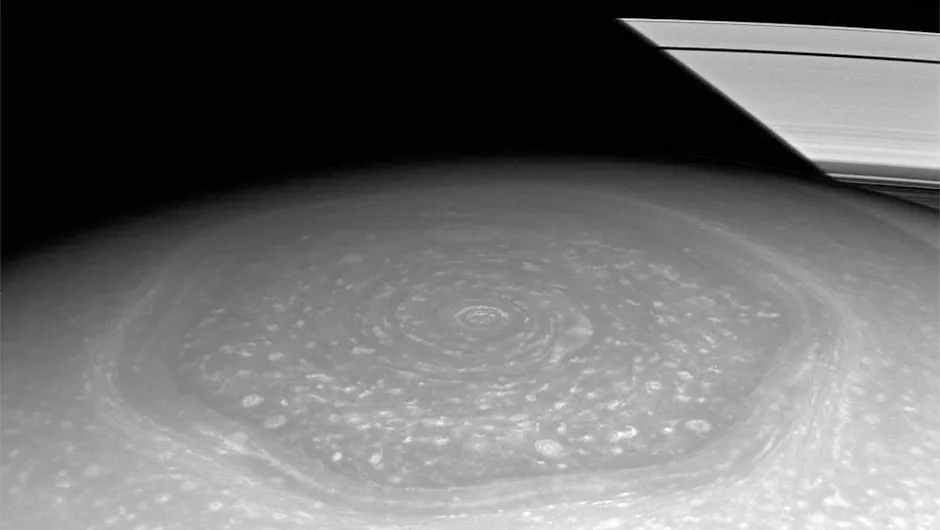NASA’s Cassini spacecraft has begun the first of its dives between Saturn’s rings as the mission comes to an end.
Cassini made its final brush with Saturn’s moon Titan on 22 April, passing just 979km above its surface, and transmitting images to Earth following the encounter.
This flyby set up the spacecraft for its Grand Finale, using Titan’s gravity to position it in preparation for a series of 22 dives between Saturn and its rings, beginning on 26 April.
The dives will constitute a series of risky manoeuvres for the Cassini spacecraft, which is why NASA scientists have made this one of the final acts to be performed during the mission.
"Based on our best models, we expect the gap to be clear of particles large enough to damage the spacecraft.
But we're also being cautious by using our large antenna as a shield on the first pass, as we determine whether it's safe to expose the science instruments to that environment on future passes," says Earl Maize, Cassini project manager at NASA’s Jet Propulsion Laboratory (JPL).
"Certainly there are some unknowns, but that's one of the reasons we're doing this kind of daring exploration at the end of the mission."

The first of the finale dives took place on 26 April at 09:00 UTC (10:00 BST), and the spacecraft lost contact with Earth for about a day following the manoeuvre while it undertook science observations.
The spacecraft then regained radio contact with Earth at 8:05 UTC (9:05 BST) on 27 April, and images and data reached NASA scientists back on Earth shortly thereafter.
During the Grand Finale stage, Cassini will make 22 passes through the gap between Saturn and its rings, coming within 1,628km of the planet’s clouds and making five passes through its upper atmosphere.
It will reach a top speed of 123,608 kph and make four passes through Saturn’s D ring.
The Cassini mission launched from Earth in October 1997 and entered orbit around Saturn on 1 July 2004.
It has taught us much about the Saturnian system, including capturing close-up images of Saturn’s rings, diving through icy plumes spurting up from below the surface of its icy moon Enceladus, revealing Titan's rain, rivers, lakes and seas, studying Saturn’s mysterious north polar hexagon and discovering giant hurricanes at both of its poles.

The spacecraft will end its mission by purposely crashing into Saturn on 15 September 2017, and is expected to continue to deliver images even during its final moments.
"Cassini's grand finale is so much more than a final plunge," says Linda Spilker, Cassini project scientist at JPL.
"It's a thrilling final chapter for our intrepid spacecraft, and so scientifically rich that it was the clear and obvious choice for how to end the mission.
Cassini will make some of its most extraordinary observations at the end of its long life."
